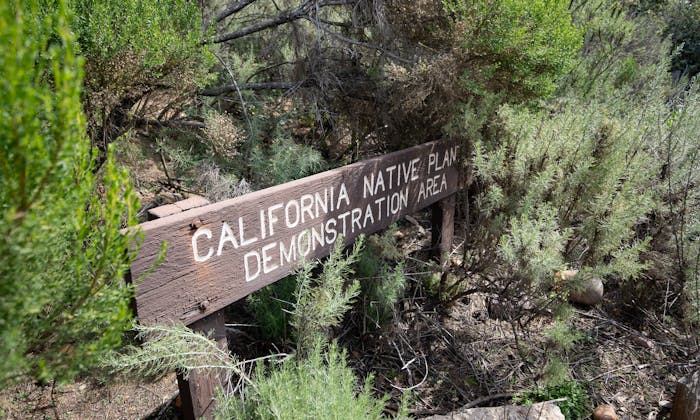Balboa Park hosts a small California Native Plant Demonstration Garden featuring many of San Diego's native plants that are suitable for home landscaping.
When I moved from San Diego to Los Angeles, I felt like so much of LA was versions of things in San Diego but upsized. For example, Griffith Park is like Balboa Park but larger. Griffith Park is 4,310 acres to Balboa Park’s 1,200. Sure, the comparisons are superficial but work in many ways.
Compared to Griffith Park, Balboa Park is a little more central to the city of San Diego. Its borders transition smoothly into the surrounding communities, where the hyper-local can casually stroll in and make use of it like any community park. Griffith Park has more firm borders formed by large highways, freeways, steep inclines, and simply the fact that most of the extreme margins of the park do not hold much interest.
While Griffith Park doesn’t have a Native Demonstration Garden, per se, much of its vast acreage functions as a nature preserve accessed by millions of Angelinos and tourists every year. Balboa Park is far more manicured, though there are a number of canyons allowed to remain wilder than other parts.
All that is to say, when I learned about the Native Demonstration Garden at Morley Field in Balboa Park, I couldn’t wait to go check it out. My initial impression was of disappointment. With all of this acreage and the love and care that San Diego puts into Balboa Park, and various gardens within, very little acreage is dedicated to the native garden. The garden is built on a hillside next to the tennis courts.
However, the creators of this garden certainly put a lot of thought into it, making the most of the space they had available.
It features a number of plants found also in Los Angeles, such as sagebrushes, black sage, lemonade berry. As well as some more locally relevant, such as the San Diego sagebrush (Artemisia palmeri) and Honey Mesquite.
Honey Mesquite is an interesting plant, listed by IUCN as one of the world's 100 worst invasive species. San Diego, however, is part of its natural range, which extends to parts of Death Valley, mostly found in the dry desert areas. The Honey Mesquite’s main adaptation for surviving California’s dry climates is its massive taproot with can extend as far as 100 feet deep. Honey Mesquite is a legume (Fabaceae) and its seed pods are edible.
The Honey Mesquite is found at the lower part of the garden. After you work your way up to the top of the hill, you reach the pine areas, with pinyons and Torrey Pines. The Torrey Pine (Pinus torreyana) is another special tree, found only on the channel islands and coastal San Diego. The wild population is extremely endangered, with the decline continuing due to our drought and fire problems.
Adjacent to the Demonstration Garden, just to the west, there is a small natural preserve area where foot traffic is forbidden. I walked along the border of it and peered in. I spotted a number of invasive plants, like mustard and horehound. But there was clearly some wildlife activity occurring in there, teeming with birds and butterflies.
Visiting

